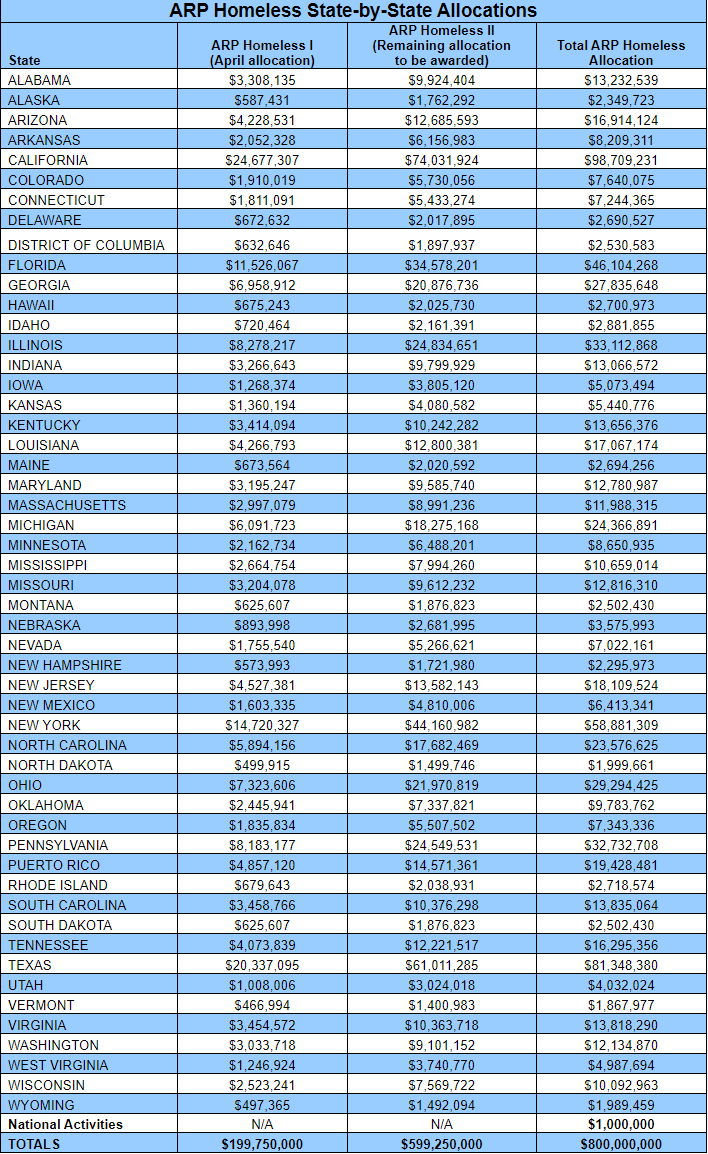The U.S. Education Department announced April 23 that it will make $200 million of the $800 million in American Rescue Plan funds set aside for homeless students available to state educational agencies immediately.
The $800 million allocation to provide services to homeless students is authorized by ARP Act Section 2001(b)(1), which says the funds should be used to identify youths experiencing homelessness and provide them with wrap-around services and assistance so that they can attend school and participate in school activities.
“The pandemic made the inequities in our education system even worse, especially for students experiencing homelessness,” said Education Secretary Miguel Cardona in a statement announcing the availability of ARP Homeless funds. “As districts and schools return to in-person learning, we must act with urgency to provide all students, including students experiencing homelessness, equitable access to high-quality learning environments and the resources to help meet their basic needs which schools often provide.”
Cardona discussed ED’s plans for distributing the ARP Homeless funds to SEAs in Letter to Chief State School Officers. The department will withhold $1 million of the $800 million for national activities related to addressing the needs of homeless students, with the remaining $799 million to be distributed as follows:
Twenty-five percent of the funds (nearly $200 million) will be made available to states immediately. “This first disbursement is designed to provide funding to states immediately as a supplement to their McKinney-Vento Education for Homeless Children and Youth (EHCY) funds, so that states can address urgent needs of homeless children and youth — including academic, social, emotional, and mental health needs — and so states and local educational agencies (LEAs) can increase capacity by hiring staff, dedicating resources, and planning partnerships with community-based organizations, among other strategies,” Cardona wrote.
The remaining 75 percent of funds (nearly $600 million) will be available “as soon as June,” after the department changes McKinney-Vento regulations for awarding competitive subgrants to states. “The Department anticipates that the new regulation would require states to distribute funds that they will receive in the second phase to LEAs via a formula that uses the LEA’s allocation under Title I, Part A (Title I) of the Elementary and Secondary Education Act of 1965 (ESEA) and the number of identified homeless children and youth in 2018-19,” Cardona wrote.
ED is allowing states to set-aside up to 25 percent of ARP Homeless funding for state-level activities, with at least 75 percent of funds to be distributed to local educational agencies.
“This $800 million ARP-HCY fund will allow us collectively to improve educational opportunities and outcomes for students experiencing homelessness across the Nation, and the Department is eager to partner with you in this effort,” Cardona wrote. “[ED] is dedicated to supporting states and LEAs in the effective implementation of the ARP funds, and we will release information about technical assistance opportunities over the coming weeks.”
Following is a state-by-state allocations chart of the ARP Homeless funds to be distributed in April, and the remainder of funds to be allocated at a later date.

Source: U.S. Education Department allocations tables.
—Charles Hendrix covers education funding and other Title I issues for LRP Publications.
More from DA









